Panasonic Lumix DMC-TZ18 / ZS8
-
-
Written by Gordon Laing
Quality
Panasonic Lumix DMC-TZ18 / ZS8 vs Lumix DMC-TZ20 / ZS10 Real-life resolution
Panasonic Lumix DMC-TZ18 / ZS8 results : Real-life resolution / High ISO Noise
Panasonic Lumix DMC-TZ18 / ZS8 results : Real-life resolution / High ISO Noise
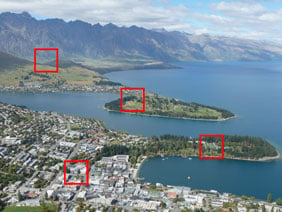 |
To compare real-life performance we shot the same scene with the Panasonic Lumix DMC-TZ18 / ZS8 and Lumix DMC-TZ20 / ZS10 within a few moments of each other using their best quality JPEG settings and lowest sensitivities.
The lenses were adjusted to deliver as close a field-of-view as possible. Each camera was set to Program mode without intervention to see how they performed with default settings.The image above was taken with the Panasonic Lumix DMC-TZ18 / ZS8 at 100 ISO with an exposure of 1/500 and the lens set to 6.4mm f4; the original file measured 5.29MB. As stated above, we allowed each camera to automatically select its own exposure in Program mode, in order to compare how they performed under default settings. Coincidentally both selected the same large aperture of f4, which gratifyingly avoided diffraction.
Both cameras share the same 14.1 Megapixel resolution and the same 16x optical zoom lens, so what you’re seeing here and on the next page is a comparison between their respective sensor technology and processing styles: the TZ18 / ZS8 employs a CCD sensor, compared to CMOS on the TZ20 / ZS10.
At first glance, the crops from both models below appear pretty much identical for the brightly lit scene we photographed at the lowest sensitivity. Look closely though and some differences emerge.
There’s a very subtle smattering of noise textures throughout the TZ20 / ZS10 crops which aren’t as visible on the TZ18 / ZS8. You may also notice some fine details are smeared on the TZ20 / ZS10, in particular on the trees in the third row of crops. Here some of the trees on the TZ20 / ZS10 crop look smudged and are lacking the finer details seen alongside on the TZ18 / ZS8.
As such the image from the cheaper TZ18 / ZS8 is ultimately preferred over its pricier counterpart, but seeing any difference will require some pixel-peeping on-screen at 100%. If you’re viewing at lower magnifications or making prints, you’d be unlikely to notice much if any difference between the TZ18 / ZS8 and TZ20 / ZS10 for brightly lit subjects and with each camera set to its lowest sensitivity.
What happens in low light when the sensitivity is boosted on each model though? Find out in our Lumix TZ18 / ZS8 High ISO Noise results, or if you’ve seen enough already, head straight to our Verdict.
Panasonic Lumix DMC-TZ18 / ZS8 | Panasonic Lumix DMC-TZ20 / ZS10 | |
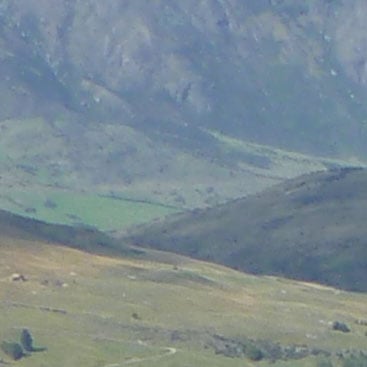 | 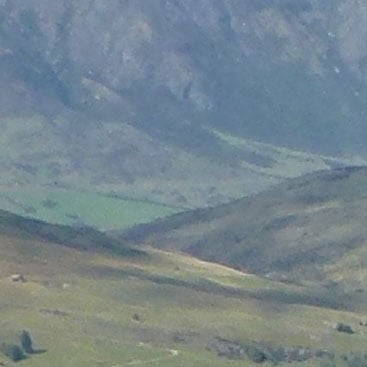 | |
f4, 100 ISO | f4, 100 ISO | |
 | 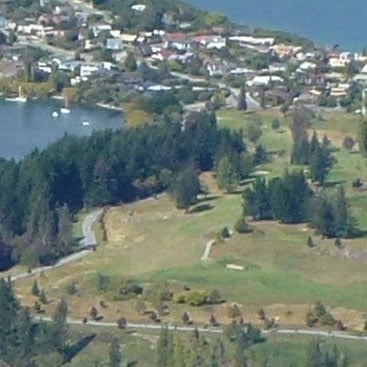 | |
f4, 100 ISO | f4, 100 ISO | |
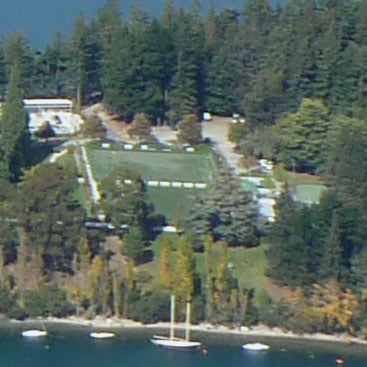 | 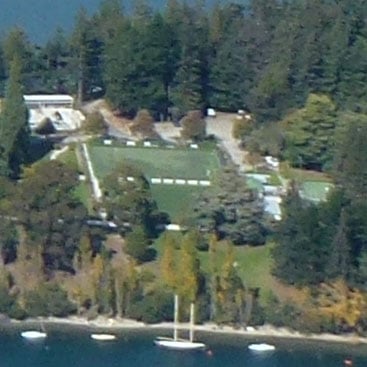 | |
f4, 100 ISO | f4, 100 ISO | |
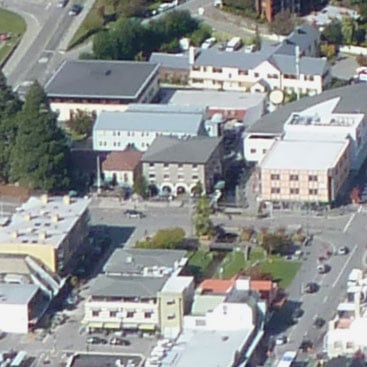 | 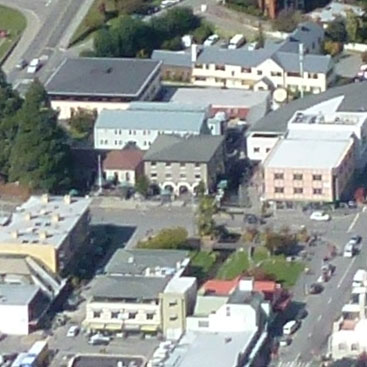 | |
f4, 100 ISO | f4, 100 ISO |
Panasonic Lumix TZ18 / ZS8 vs Panasonic Lumix TZ20 / ZS10 High ISO Noise
Panasonic Lumix DMC-TZ18 / ZS8 results : Real-life resolution / High ISO Noise
Panasonic Lumix DMC-TZ18 / ZS8 results : Real-life resolution / High ISO Noise
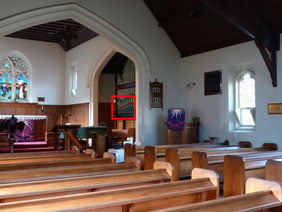 |
To compare noise levels under real-life conditions we shot this scene with the Panasonic Lumix DMC-TZ18 / ZS8 and Lumix DMC-TZ20 / ZS10 within a few moments of each other using their best-quality JPEG settings and at each of their ISO settings.
The lenses were adjusted to deliver as close a field-of-view as possible. Each camera was set to Program to see how they performed with default settings; Contrast enhancers were disabled as they can introduce noise.The image above was taken with the Panasonic Lumix TZ18 / ZS8 at 100 ISO with an exposure of 1/2 a second and the lens set to 6mm f3.7; the original file measured 5.49MB. As stated above, we allowed each camera to automatically select its own exposure in Program mode, in order to compare how they performed under default settings.
As with our first results page, both cameras share the same 14.1 Megapixel resolution and the same 16x optical zoom lens, so what you’re seeing here is a comparison between their respective sensor technology and processing styles: the TZ18 / ZS8 employs a CCD sensor, compared to CMOS on the TZ20 / ZS10.
On the previous page we noticed a sprinkling of noise textures on the pricier TZ20 / ZS10 which weren’t as apparent on the TZ18 / ZS8. That was under bright conditions with subjects towards the highlight end of the tonal range, but switch to a dimmer environment with darker areas and the difference becomes more obvious. In our first set of crops, taken with each camera set to 100 ISO, there’s simply much more visible noise on the TZ20 / ZS10 sample. This is especially apparent on the left side with the wooden frame of the organ and the white wall behind it. Within the actual pipe detailing, the TZ20 / ZS10 also appears rougher. The cheaper TZ18 / ZS8 with its CCD sensor is simply much cleaner even at their lowest sensitivities.
At 200 ISO, noise becomes more obvious on both cameras, although there’s arguably a bigger jump here between 100 and 200 ISO on the TZ18 / ZS8 crops; that said, the cheaper model remains less noisy.
With the sensitivity doubled to 400 ISO there’s more noise on both cameras, but also greater evidence of noise reduction. We’d still give the TZ18 / ZS8 the edge at this point.
At 800 ISO, the TZ18 / ZS8 takes a big hit, losing a great deal of saturation . Meanwhile the TZ20 / ZS10 manages to better maintain its colour and contrast, but with some very patchy, undesirable noise and processing artefacts.
Increased to 1600 ISO, the TZ18 / ZS8 loses even more saturation, and details have become quite fuzzy. The TZ20 / ZS10 isn’t looking great either, but we prefer its colour and contrast even with greater visible noise.
This is the maximum setting at the full resolution for both cameras, but each offers a High Sensitivity preset which drops the resolution to 3 Megapixels and automatically selects the sensitivity between 1600 and 3200 ISO; under the conditions o the day, both selected 3200 ISO. Here’s there’s no competition, with the TZ18 / ZS8 delivering a superior-looking result.
That’s not quite the end of the story though, as the TZ20 / ZS10 additionally offers a Handheld Night Shot mode which stacks a burst of frames into one image in an attempt to reduce noise. The sensitivity is automatically selected and here opted for 640 ISO. We’ve compared this below against the closest sensitivity on the TZ18 / ZS8 or 800 ISO. The TZ20 / ZS10 sample may look quite soft, but it has managed to eliminate almost all visible noise from a normal 800 ISO sample without compromising detail. It certainly looks better than the TZ18 / ZS8 at 800 ISO, and much better than its own single image at 800 ISO.
Despite this additional ability though, the pricier TZ20 / ZS10 delivers noisier images across its sensitivity range than the TZ18 / ZS8. Interestingly at 800 and 1600 ISO though we actually preferred the TZ20 / ZS10’s output as it maintained colour saturation and contrast, while the TZ18 / ZS8 became soft and increasingly monochrome. But throughout the crucial range of 100-400 ISO, the cheaper TZ18 / ZS8 was preferred in this test.
Those who were hoping for a slam-dunk from the CCD-equipped TZ18 / ZS8 over its pricier counterpart in this regard may be disappointed not to see a bigger difference. Sure, if you like to examine images at 100% on-screen, and tend to shoot between 100 and 400 ISO, then the TZ18 / ZS8 delivers cleaner, better-looking images. But at lower magnifications, or on all but the biggest prints you may not even notice the higher noise levels on the TZ20 / ZS10, whereas you would almost certainly see the drop in saturation on the TZ18 / ZS8.
So when it comes to comparing their respective image quality, you’ll need to think carefully how you’ll use and view your images – and at what sensitivities they’ll typically be captured. Once again, the TZ18 / ZS8 may be cleaner at lower ISOs, but it may not make much difference to you in practice.
For more images across its sensitivity range, check out our samples gallery or head straight to our verdict.
Panasonic Lumix DMC-TZ18 / ZS8 | Panasonic Lumix DMC-TZ20 / ZS10 | |
 |  | |
100 ISO | 125 ISO | |
 |  | |
200 ISO | 200 ISO | |
 |  | |
400 ISO | 400 ISO | |
 |  | |
800 ISO | 800 ISO | |
 |  | |
1600 ISO | 1600 ISO | |
 |  | |
High Sensitivity Preset (here at 3200 ISO and 3 Mpixels) | High Sensitivity Preset (here at 3200 ISO and 3 Mpixels) | |
 |  | |
800 ISO | Handheld Night Shot (here at 640 ISO) |




